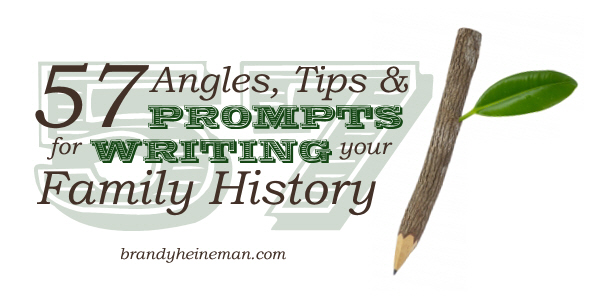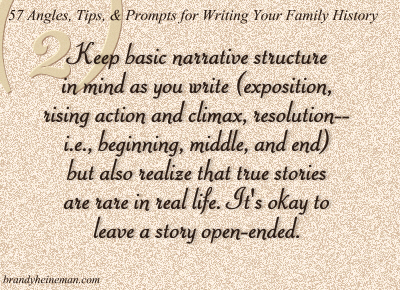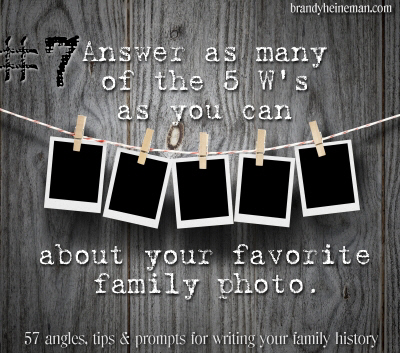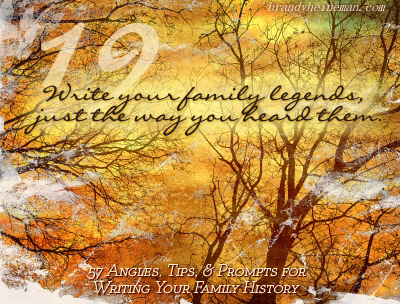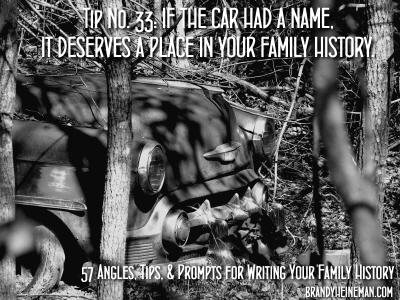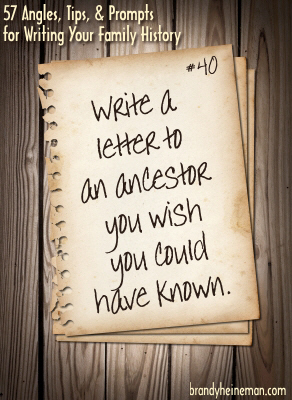We’ve all got that one dogeared, tattered photo that needs repairing.
Time is a destructive force. You know this. And I’ll bet, whether you’re an amateur genealogist or a professional or a family historian of any stripe, you’ve got (at least) one old photo that needs repair. One in such terrible condition, you can’t even understand how it would have gotten damaged in the first place. Am I right? Got that photo in your mind? Okay, then. Hold that thought.
Meet John C. Smith

My mother and I thought this picture was a hoot. Nursing a pig with a baby bottle! On the dining room chairs! In a jacket and tie!
“That picture’s been wadded up and flattened out again,” Mom observed. “And look how angry he looks!”
There’s a story there, we figured. And really, isn’t there always?
The Smith family memorabilia came to us digitally, via CD filled with photos of old photos. If anything was known about the photo’s subject, it was in the file name. If not, then not.
John C. Smith was the son of Henry Smith and Sarepta Metzgar of Groton, Tompkins county, New York. They came to West Union, Steuben county, New York, between 1870 and 1875. In 1870, still in Groton, Henry Smith listed his “Personal Estate” at $2000, but had no real estate. By 1875, he had moved his family to West Union and earned a tick mark in the “Owner of Land” column. The siding you see behind John is part of the grand old farm house before it was very old–and which is still standing today.
John C. Smith married Nellie Cornell around 1912. There’s a complementary photo of Nellie with their first two children, Esther and Virgil, taken about 1915. The nice clothes and dining room chairs are present. Thankfully, the baby bottle isn’t.

If the picture of John C. Smith was also taken in 1915, then he would have been around 40. Looks about right to me.
It’s just kind of weird: a creased and tattered picture of Pa coddling a pig, and one perfectly intact of Ma clutching her babes without him.
Were we reading too much into it?
Part of the mystery was solved when Mom and I learned that it wasn’t such an unusual thing to bottle feed a pig. It didn’t mean the animal was a beloved pet–more likely, a runt needing a little extra attention before making it to the dinner table. (As my Grandma once told me, the only thing lost on a pig was the squeal.)
Maybe the damaged photo wasn’t the story at all. (Click to Tweet this.) Here was an almost-one-hundred year-old piece of our family’s history. Maybe we were seeing the wrong things.
Top Hat Photo Repair to the Rescue!
When Michael of Top Hat Photo Repair initially approached me about a review, I hesitated. I don’t really do reviews here on my blog, and if I did, I’d review books. I was going to say no.
Out of curiosity, I visited their website. Right there on the front page was a gallery of repaired and colorized images–historic photos brought to life. Faces teased out of obstructions like fading and creasing and given clarity once more.
And of course, then I wanted badly to see one of my pictures restored.
The Website: Simple and Stylish
The homepage immediately communicates what Top Hat Photo Repair is about: a side-by-side comparison of a Before photo and the After showing their work. The gallery puts image after image at your finger tips. I appreciated that the site does NOT include an annoying slideshow functionality to manage my rate of review. I could take all the time I wanted to look back and forth between images, studying the details before moving to the next.
The menu at the top of the page is straightforward, linking to the Order Form, Gallery, FAQ, and Contact pages. I wished there was an “About Us” page for that little extra boost of confidence of knowing a bit about who I am sending my treasured image to, even if it is “only” a digital version.
The Order Form designates the pricing for each level of service: Minor Repair, Major Repair, Minor Repair and Colorize, Major Repair and Colorize, and Colorize Only. Realizing the kind of time and skill that goes into each image, I would say the prices are quite fair.
The Gallery, similar to the home page, is my favorite part of the site. I’m the sort who rescues cabinet cards from flea markets to blog about them. Of course I love seeing photos–some that I would have guessed were beyond repair–made to look new.
The FAQ page covers ordering and payment policies and offers technical advice on scanning and uploading. The least you need to know: you pay (via PayPal) when you’re satisfied with the work, and pictures scanned at 600 dpi will yield the best results.
The Contact page is a simple email form, but for those who prefer to retain a sent copy of their messages, the contact email address is given as well. (I liked this. Contact forms are not my favorite thing in the world.)
The site is minimalistic and clean, and as such I didn’t see any social media links or icons. However, a quick search led me to their Facebook page and even more restored photos. So fun.
The Service: a quality service experience
Of course I had to ask a few questions beyond what was covered on the FAQ. Most pressing:
Q1. If 600 dpi is recommended, does that mean my unfortunate collection of 72 dpi photos can’t be saved?
A1. While 72 dpi photos “should be okay” to work with, the pictures can’t be blown up for large copies without looking grainy. As with all digital graphics, no one can manipulate pixels that don’t exist. Scan quality copies of your historic photos, particularly if you only have one chance to do so, ever (she said ruefully. Sigh.)
Q2. Would they be willing to supply an image release allowing me to use the repaired photo in whatever capacity I choose, uncredited if necessary?
A2. Top Hat Photo Repair doesn’t claim any rights to the finished and restored pictures. Though Michael said no one had ever asked for such a document, he indicated he would be willing to provide one, should a customer require it.
Once I sent over the photo, Michael turned it around for me in about a day. At this point I had overcome my skepticism and was pretty excited about it. I had no expectations that it would be so fast, so it was quite a pleasant surprise to get the picture back so quickly.
As for the results–what can I say? Another thousand words, when a picture would do?
The Results: Drumroll, please!

As I looked back and forth from Before to After, just as I had with the anonymous pictures in the Gallery, I realized Michael had actually repaired damages I hadn’t even noticed! The yellow stain in the lower left corner. The heavy shadows on John C. Smith’s face. The chunk of photo paper that’s evidently missing from the pig’s ear.

I was so pleased. I could hardly wait to show my Mom the finished product!

I did kind of want to find something to nitpick, knowing that I was going to do a review, after all. The one and only thing I found was the stains on John C. Smith’s clothes were completely gone from the repaired image.
I grinned and called Mom. “I’m guessing it’s tough to stay clean when you’re nursing a pig in your lap. Should I ask him to put the stains back?”
“Yes,” she said. No hesitation.
I emailed Michael with my belief that the stains were on the clothing rather than the photo, and within hours, he sent me the revision (shown above). Again, I was very impressed not only with the quality of the work, but the quick turn-around. For me, the whole experience truly put the company’s words into action:
Started by Michael McCarty in 2012, Top Hat Photo Repair is dedicated to the historically accurate restoration of photographs. They take pride in the careful way they work with the owner of each photo to bring back what time has damaged.
Now, back to YOU and your photo that needs repair
Remember I told you to hold that thought about the dinged-up, dogeared, faded, torn and stained photos in your collection? Well, I’m all thrilled, because I get to make a special offer: use the promo code “brandy” to receive 20% off any order through the end of August. There is a space for the promo code on the Order Form.
(Side note: this is the very first time my name has been a promo code, and I can’t help thinking that’s sort of awesome.)
I received a free photo repair in exchange for an honest review of Top Hat Photo Repair’s website and service. My opinions are my own.






